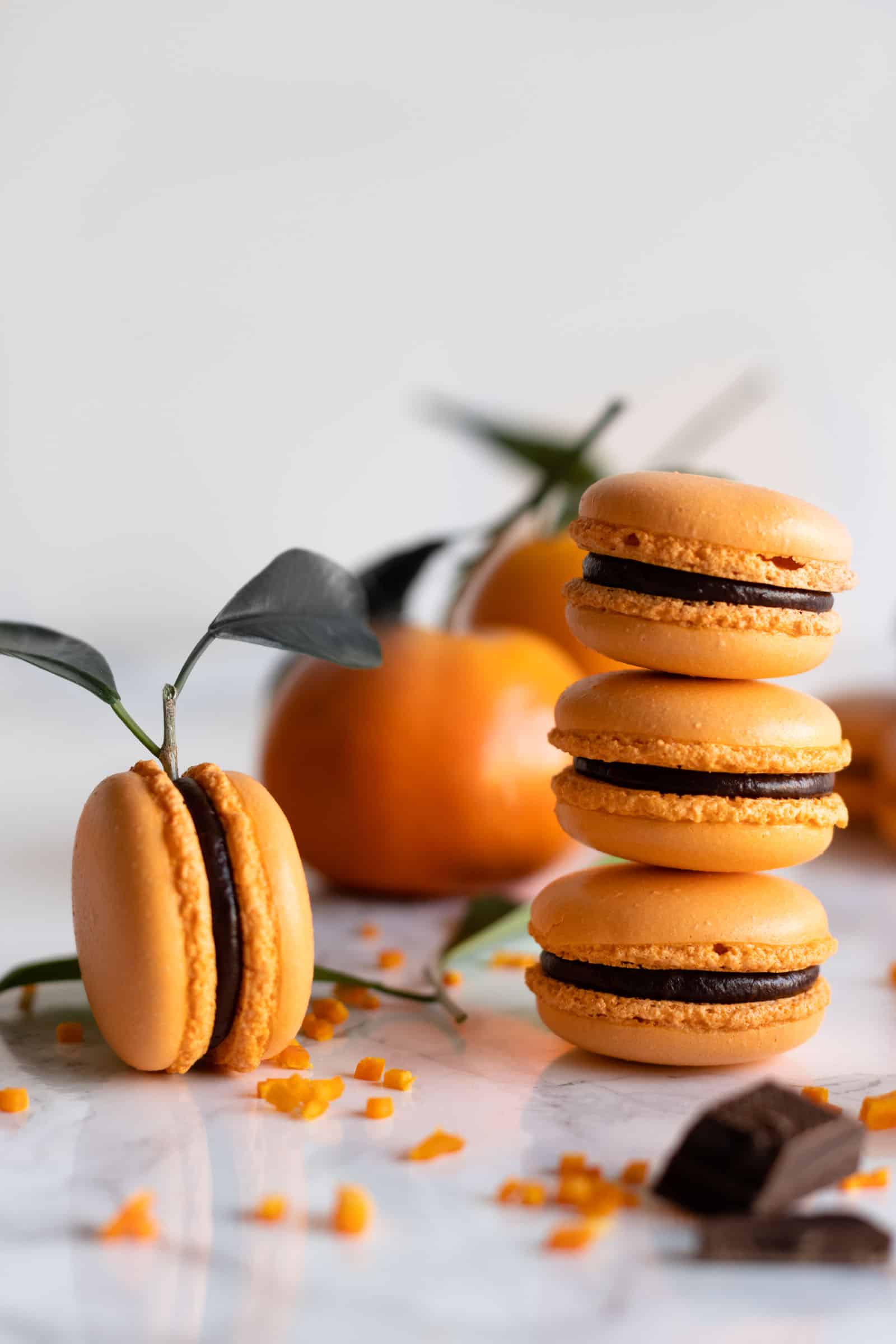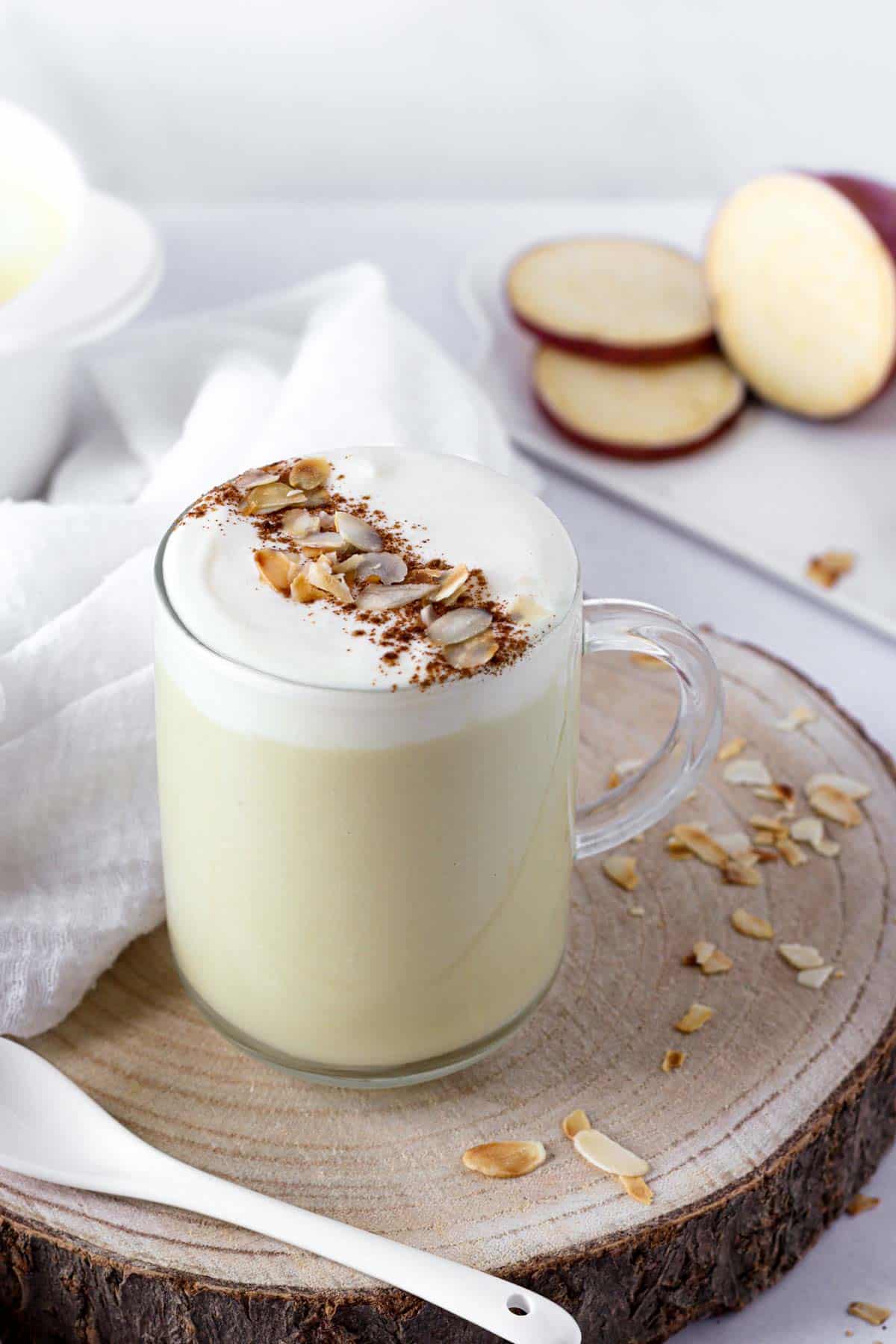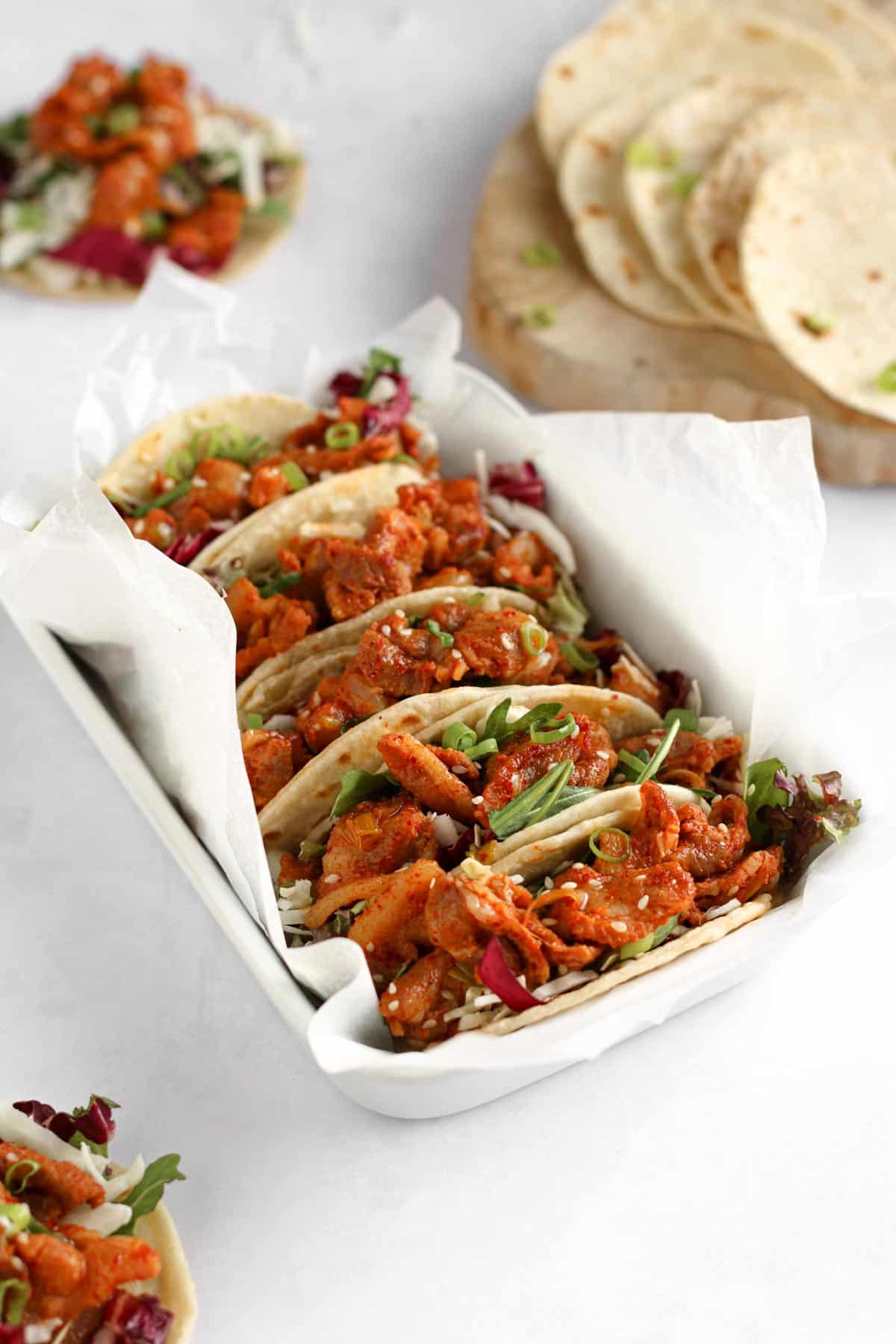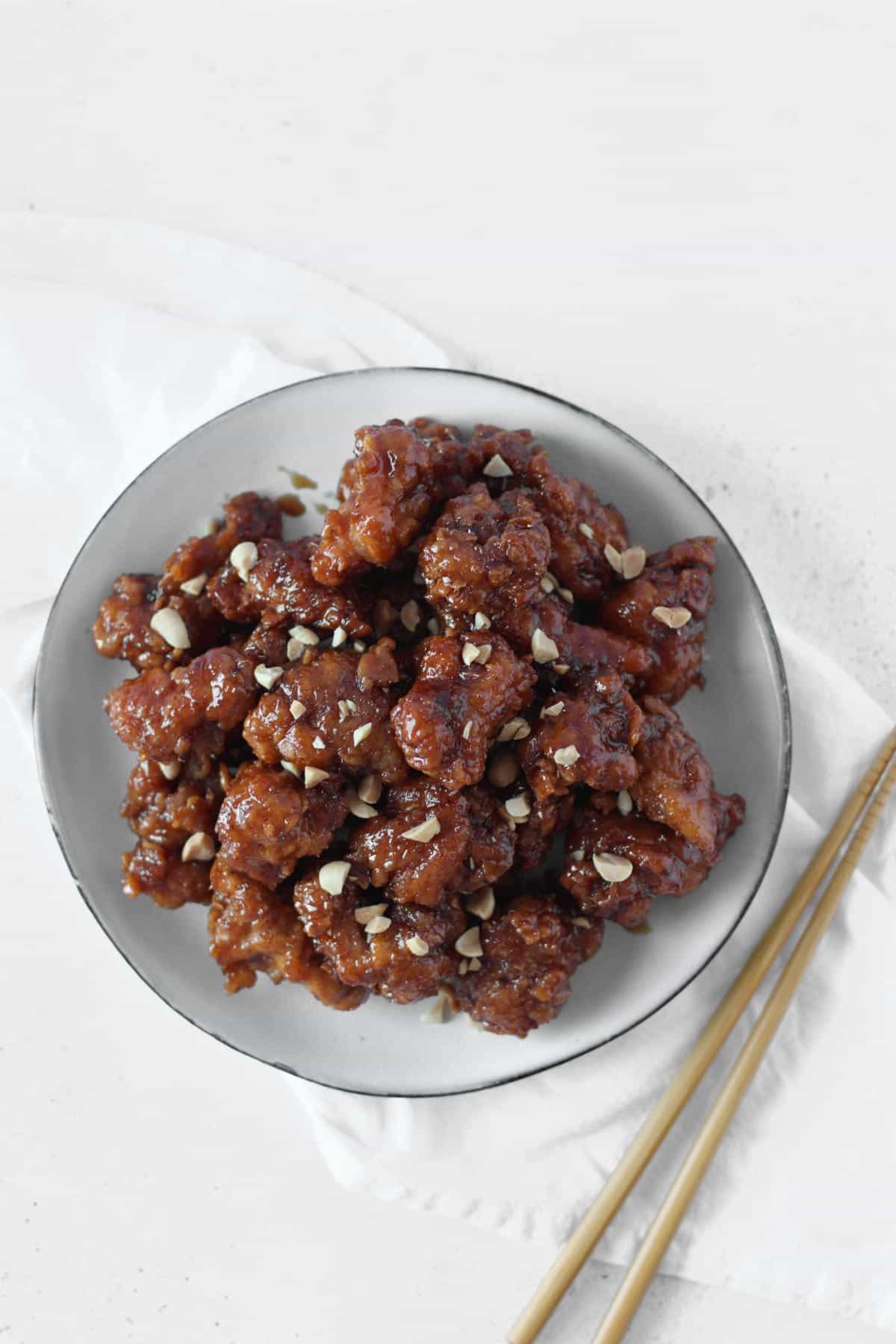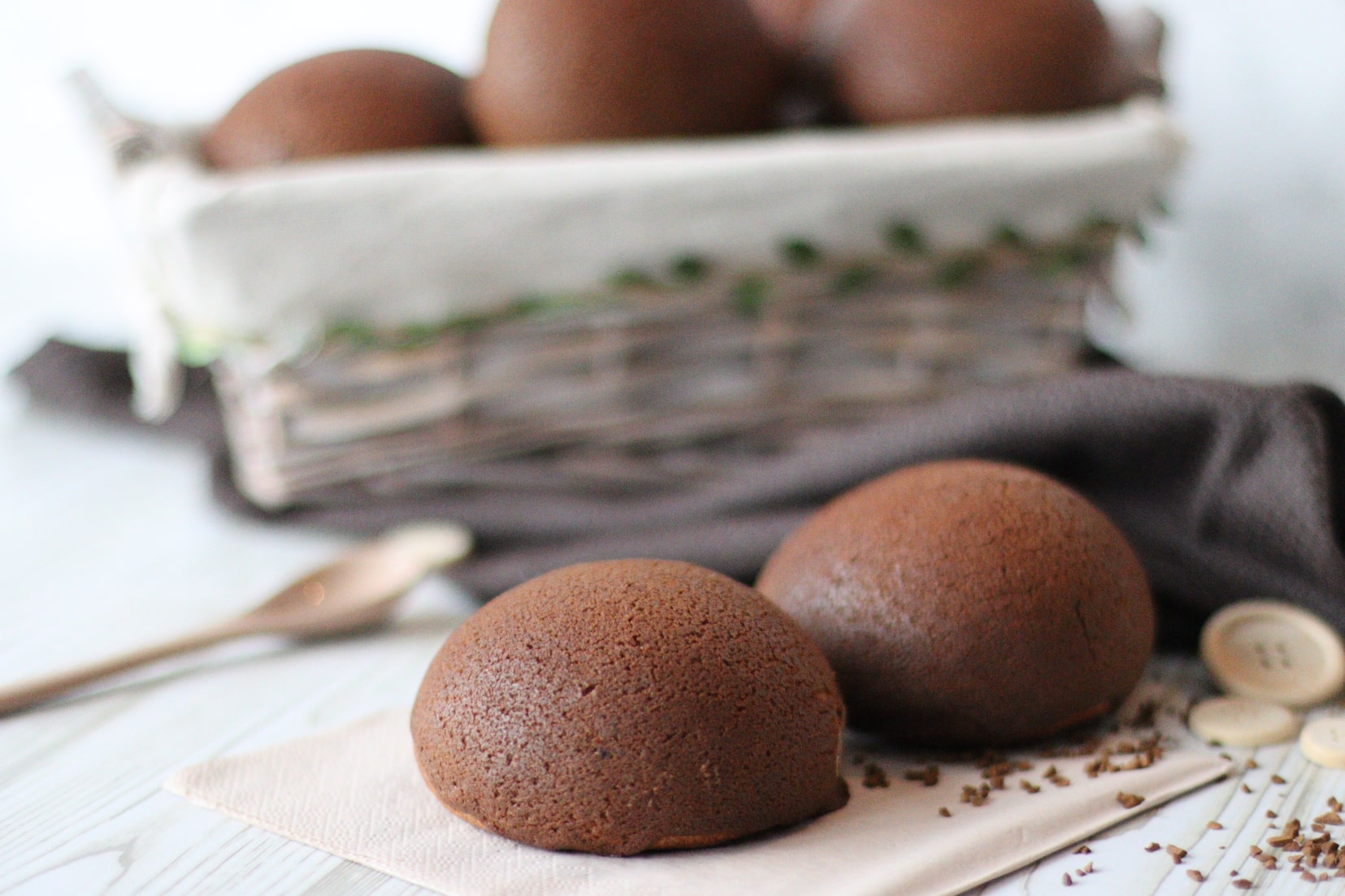Salmon Fried Rice (20 MINUTES!)
This post may contain affiliate links. Please read my disclosure policy for details.
Salmon fried rice is great as a main dish. It consists of flaked salmon, rice, eggs, frozen peas, green onions and fried onions. Quick, easy and delish! Ready in 20 minutes.
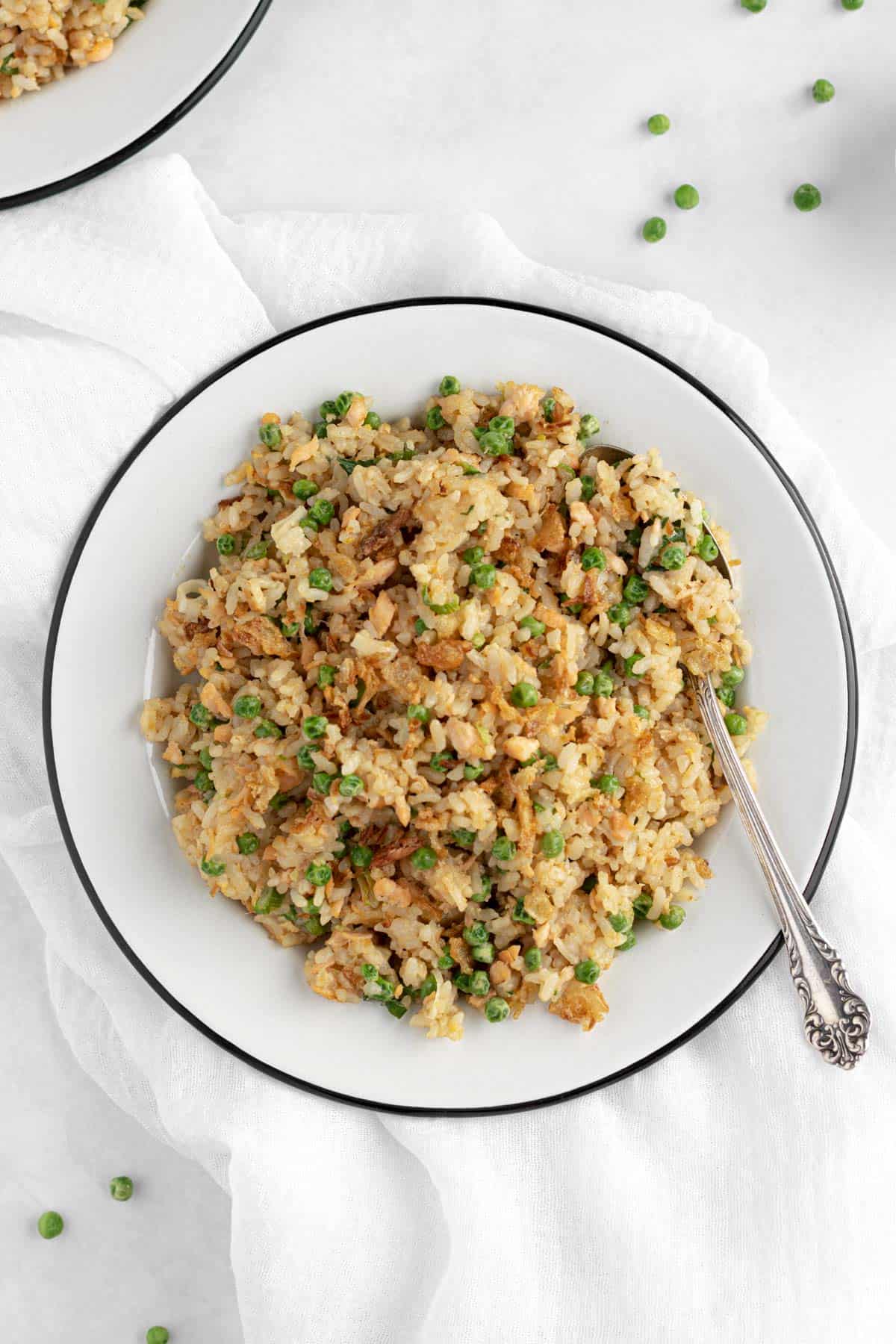
I promised you a while ago I would try to recreate THE BEST SALMON FRIED RICE I have ever had. Back in 2017, I went on a girls’ trip to NYC. We stayed in a suburb named Astoria, a beautiful and quiet area with typical houses and only a few metro stops away from the center of Manhattan.
The day we got there, we found that Japanese restaurant just around the corner. I ordered some salmon fried rice and could not believe how amazing and different it was from all other fried rice I’ve ever had. The rice was bouncy (probably because they used short-grain rice instead of long-grain rice such as in most Chinese fried rice dishes), there was a hint of sweetness and the salmon was flaked into tiny pieces.
Since then, I’ve attempted to recreate that incredible salmon fried rice I’m still dreaming of!
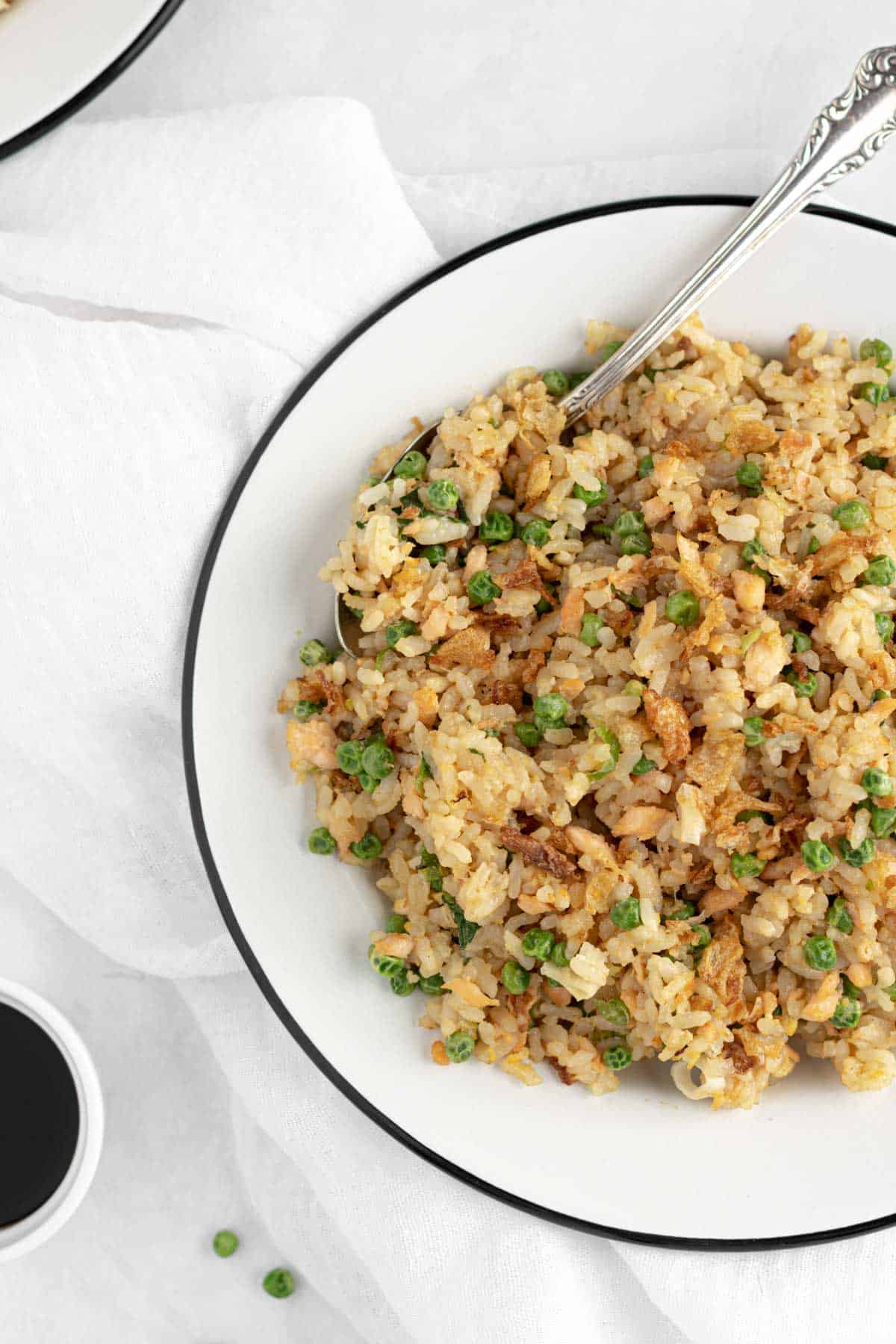
Making rice properly is key!
The perfect rice to make fried rice is ONE DAY OLD and REFRIGERATED. This is KEY to making any type of fried rice. Cold rice grains will be stronger and hold the wok heat, while warm rice just out of your rice cooker will be soft and turn mushy when heated and stir-fried in your wok.
The ratio of rice-water to cook short-grain rice is 1:1¼. I usually make 2 rice cooker cups to serve 2-3 people. So that’s about 2½ cups of water. But for making fried rice I tend to use a little less water (2¼ cup) so the rice grains are a little undercooked. They will cook further once you stir fry them in the wok, and will hold heat much better.
I always recommend using a proper rice cooker that just stops when rice is cooked instead of cooking rice in a pot. This way you’ve got less chance to overcook your rice.
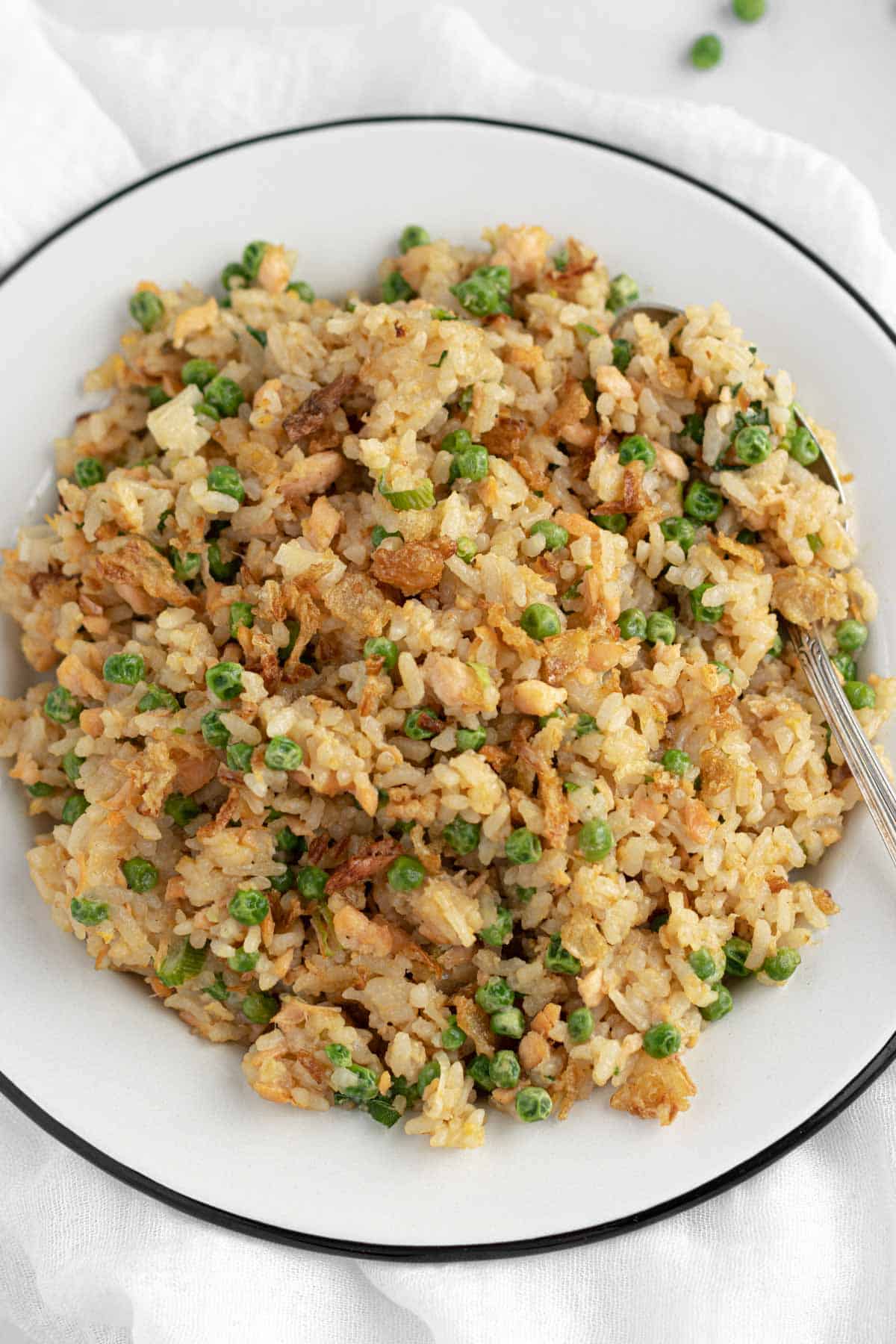
Ingredients to make Salmon Fried Rice
- rice – for this fried rice recipe I like to use short-grain rice (Korean or Japanese). The cooked rice is more bouncy than long-grain rice and goes perfectly with salmon. This is my personal taste, you can of course use long-grain rice if this is what you have in your pantry.
- salmon – flake the salmon while you cook it so it gets distributed evenly across the rice. I like to get a subtle taste of salmon in my fried rice so I usually add a small salmon piece. However, if you prefer salmon to be more “present” in your fried rice, increase the amount of salmon.
- garlic – crush a garlic clove with a garlic press to extract its juice. You’ll get much more garlic flavor than if you just minced it by hand with a knife.
- green onions – green onion is great for salmon fried rice instead of using regular onions. They will add that touch of green.
- eggs – beat eggs and pour them onto the rice so they coat each rice grain and cook together OR if you prefer bigger chunks of eggs in your rice, push aside all ingredients in your wok and scramble eggs on the side.
- frozen peas – frozen peas taste more fresh as opposed to canned peas and will hold the heat better. I don’t recommend using canned peas, which could get mushy when stir-fried in the wok.
- cooking oil
- fried onions – fried onions are optional but this is something I personally cannot skip in fried rice 🙂
sauce:
- mirin (Japanese rice wine)- mirin brings this very subtle sweetness to the rice.
- oyster sauce – I use this oyster sauce brand.
- soy sauce – make sure to use regular soy sauce, not dark soy sauce that is much saltier and stronger in taste.
- sesame oil – a touch of sesame oil goes a long way and elevates the full flavors of your rice.
- black pepper powder – I normally use black pepper powder, instead of regular black pepper. It mixes best into the sauce.
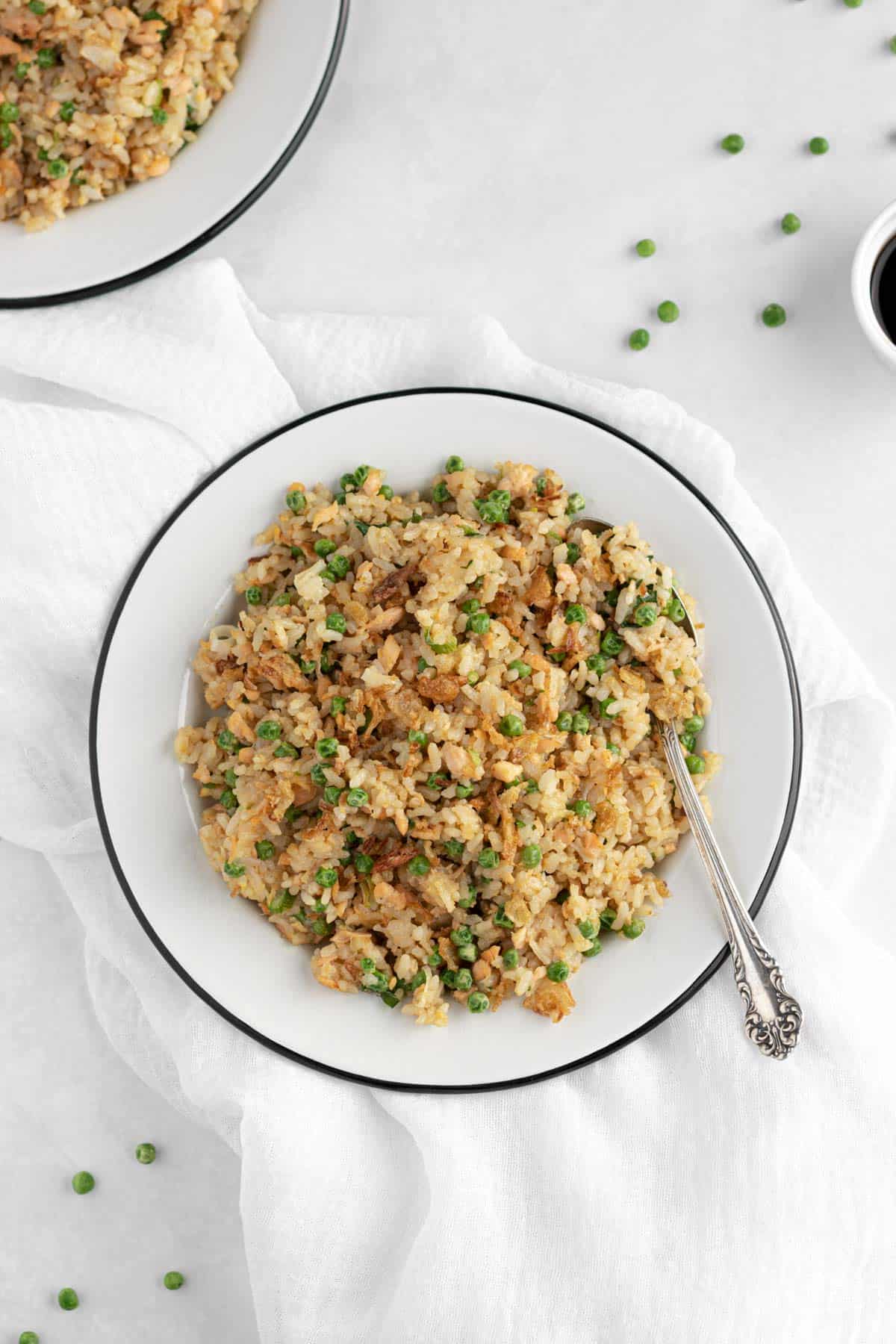
How to store salmon fried rice?
Fried rice can be stored in an airtight container and kept for 3-4 days in the refrigerator. If adding fried onions, add them after reheating fried rice so the fried onions remain crunchy.
What to serve salmon fried rice with?
I like to add a touch of sriracha for this extra spicy kick. Kewpie mayo (Japanese mayonnaise) also goes perfectly with salmon fried rice, you can drizzle some of it on top of your fried rice just before serving.
I usually eat salmon fried rice as a main meal since there is salmon in it, it wouldn’t pair too well as a side dish with meat.
How to prepare salmon fried rice?
- Cook rice – Cook 2 rice cooker cups of rice in your rice cooker. For short-grain rice, use a rice/water ratio of 1:1 ¼.
- Refrigerate rice for half a day to one day – prepare it the previous day to the extent of possible and leave it in the refrigerator for one day. Rice must be cold to avoid getting mushy once we stir fry it in the wok.
- Prepare salmon – Chop salmon into large dice.
- Prepare the sauce – Make the sauce by combining all sauce ingredients together.
- Assemble all fried rice ingredients – Heat up 2 tbsp cooking oil in a wok on medium-high heat, and add minced garlic. Cook for 30 seconds.
- Add salmon. Cook the salmon for 2-3 minutes until fully cooked, use your wok spatula or spoon to flake it.
- Add the green onions. Cook for 30 seconds.
- Drop the rice in. Then pour the beaten eggs over the rice. Using your wok spatula or spoon, break down the rice and stir fry for 1-2 minutes.
- Pour the Shaoxing wine around the edges of the wok. Add frozen peas and sauce. Stir fry everything for 1-2 more minutes until some rice bits get fried.
- Before serving, mix in fried onions with the fried rice.
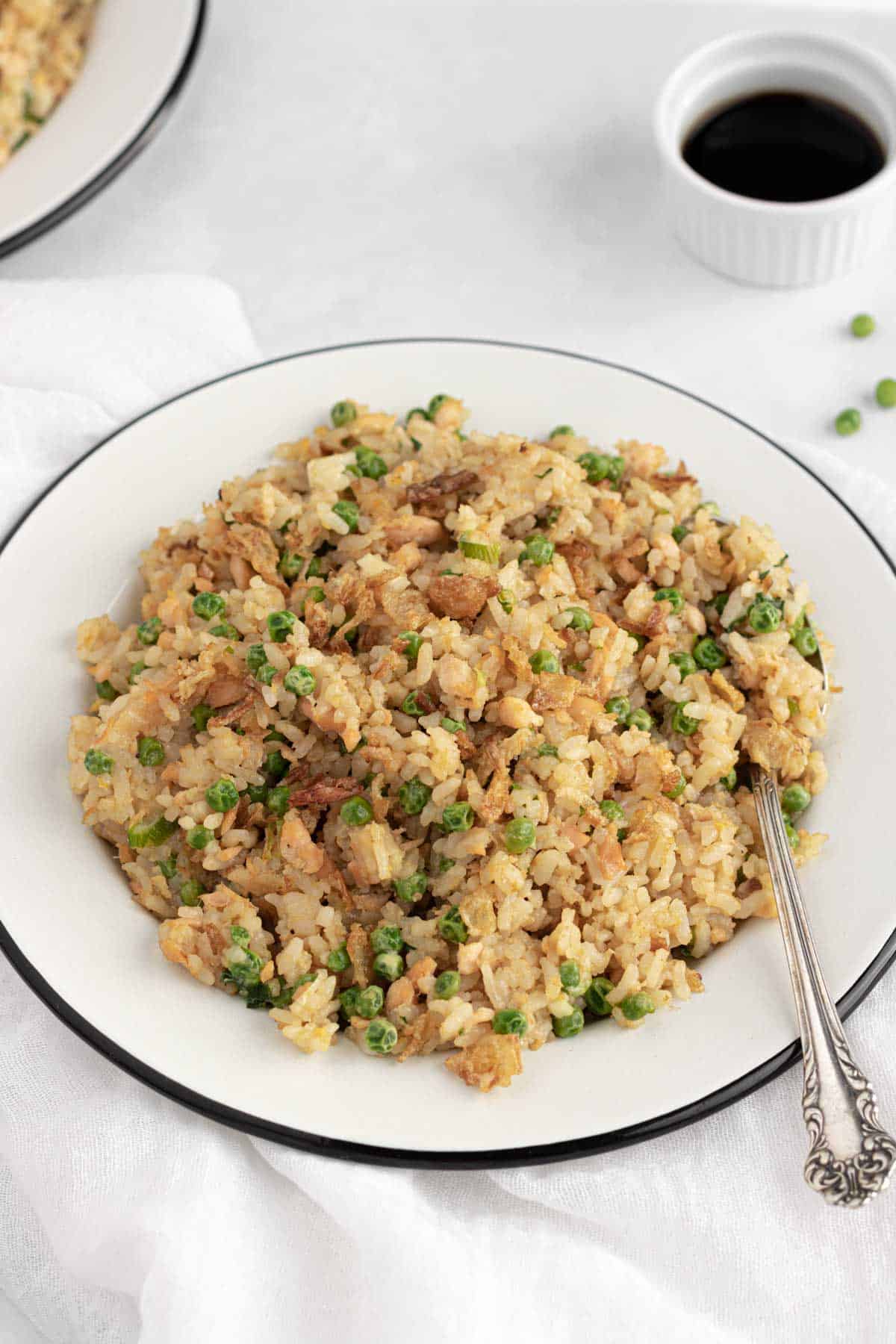
RECIPES IN YOUR INBOX? Don’t forget to subscribe to my newsletter to receive the latest recipe updates delivered for free directly to your inbox! Oh, and you will also find me on Youtube, Instagram, Facebook and TikTok. Come say hi and leave me a message, it is always a pleasure to connect with all of you!
Thanks so much for stopping by! xx

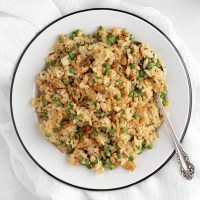
Salmon Fried Rice
Equipment
- wok OR
- a pan
Ingredients
- 2 rice cooker cups short grain rice – one day old (Note 1) | or other type of rice (Note 2)
- 200 g salmon
- 1 garlic clove, minced
- 3 green onions, chopped
- 3 eggs, beaten
- 160 g frozen peas (Note 5)
- 2 tbsp cooking oil
- 35 g fried onion | optional
sauce:
- 2.5 tbsp mirin⅗
- 2.5 tbsp oyster sauce
- 3 tbsp light soy sauce (Note 4)
- 1 tsp sesame oil
- ¼ tsp black pepper powder
Instructions
- Cook rice – Cook 2 rice cooker cups of rice in your rice cooker. For short-grain rice, use a rice/water ratio of 1:1 ¼.
- Refrigerate rice for half a day to one day – prepare it the previous day to the extent of possible and leave it in the refrigerator for one day. Rice must be cold to avoid getting mushy once we stir fry it in the wok.
- Prepare salmon – Chop salmon into large dice.
- Prepare the sauce – Make the sauce by combining all sauce ingredients together.
- Assemble all fried rice ingredients – Heat up 2 tbsp cooking oil in a wok on medium-high heat, and add minced garlic. Cook for 30 seconds.
- Add salmon. Cook the salmon for 2-3 minutes until fully cooked, use your wok spatula or spoon to flake it.
- Add the green onions. Cook for 30 seconds.
- Drop the rice in. Then pour the beaten eggs over the rice. Using your wok spatula or spoon, break down the rice and stir fry for 1-2 minutes.
- Pour the Shaoxing wine around the edges of the wok. Add frozen peas and sauce. Stir fry everything for 1-2 more minutes until some rice bits get fried.
- Before serving, mix in fried onions with the fried rice.
Notes
Just make sure that your rice is one day old. It will resist the heat when stir-fried and won’t get mushy. 3. If not using a wok, the best alternative is a cast iron skillet with which you would obtain a very similar result. Otherwise, use a pan but the rice will not be fried the same way. Depending on the wok you use, adjust the heating. Medium-high heat is great for a non-stick Tefal wok or cast iron skillet while for a traditional carbon steel wok, you may want to reduce the heat to medium as it is very powerful. 4. DO NOT use dark soy sauce, your fried rice sauce would end up way too strong and salty. Make sure to use LIGHT soy sauce. 5. Frozen peas are best for fried rice. Their texture is more appropriate than canned peas. 6. Store fried rice: fried rice can be kept in the refrigerator for 3-4 days in an airtight container.

